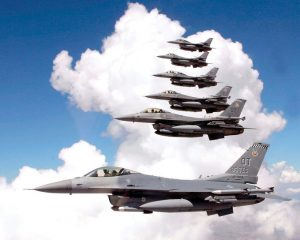Pac-Man, a 5-year-old Harris’s hawk, is watching for pigeons rather than fare-evaders from his perch at the El Cerrito del Norte station of the San Francisco Bay Area metro system in California.
In order to deter pigeons and protect commuters from their droppings, Pac-handler Man’s Ricky Ortiz, a falconer with Falcon Force, began patrolling the station with the bird this summer.
Also Read| Lights out: Europe switches off streetlights to save energy
The team patrols three days a week, beginning their day at the entrance on the ground floor before surveying the platforms and chasing away any pigeons that might be perched on ledges or on the station’s interior scaffolding.
Ortiz has thus far noticed a significant difference. After the week of our flying, “there was probably less than half of the pigeons here,” he said.
Ortiz makes an effort to prevent Pac-Man from devouring the pigeons or neighbourhood rodents by providing him with snacks throughout the day to keep his feathered friend content at work.
Also Read| Moscow charges Marina Ovsyannikova for spreading ‘false information’ about Russian army
America is home to Harris’s hawks, which are medium-sized raptors. They have long, yellow legs, a yellow cere, and dark brown plumage with chestnut thighs, shoulders, and wing linings. The base and tip of their tails are white. In contrast to other raptors, which frequently hunt alone, these stunning birds hunt cooperatively in packs made up of tolerant groups. The social nature of Harris hawks has been attributed to their intelligence, which makes them simple to train and a well-liked bird for falconry.
Also Read| Guinness World Record: US food company makes world’s largest mac and cheese
Harris’s hawks breed throughout the southwestern United States, as well as Chile, central Argentina, and Brazil. These birds do not migrate and are permanent residents. They can be found in sparse woodland, semi-desert, savannah, shrubland, and, in some areas, marshes (with some trees), including mangrove swamps.






